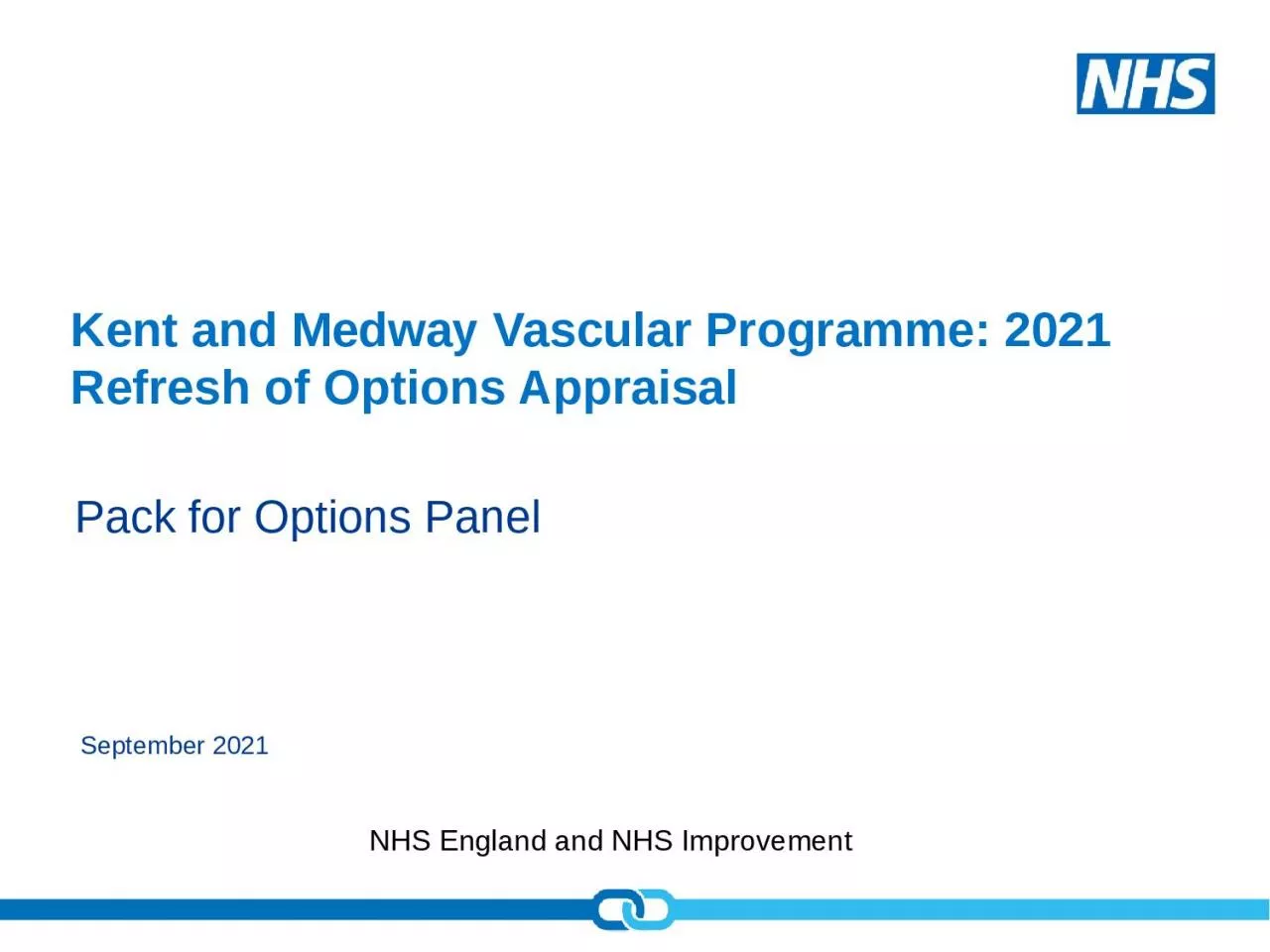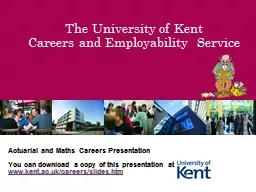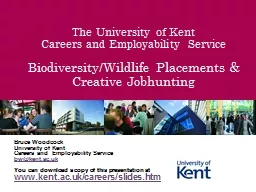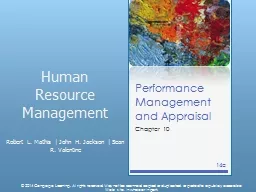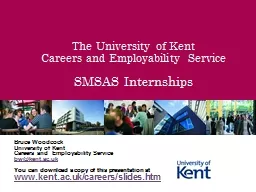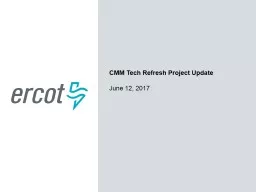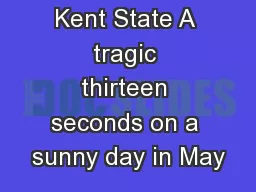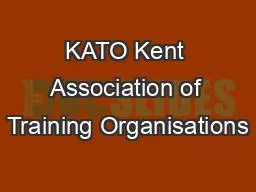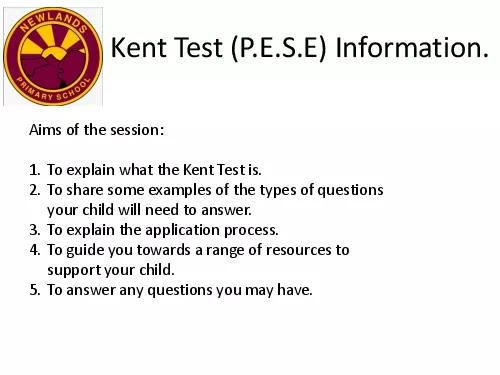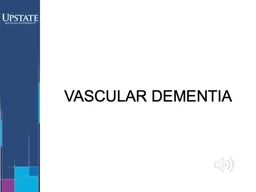PPT-Kent and Medway Vascular Programme: 2021 Refresh of Options Appraisal
Author : WickedlyCool | Published Date : 2022-08-04
Pack for Options Panel September 2021 Contents Background 3 Options long list 6 Options short list 9 Criteria used for options appraisal 9 Ask of the refresh panel
Presentation Embed Code
Download Presentation
Download Presentation The PPT/PDF document "Kent and Medway Vascular Programme: 2021..." is the property of its rightful owner. Permission is granted to download and print the materials on this website for personal, non-commercial use only, and to display it on your personal computer provided you do not modify the materials and that you retain all copyright notices contained in the materials. By downloading content from our website, you accept the terms of this agreement.
Kent and Medway Vascular Programme: 2021 Refresh of Options Appraisal: Transcript
Download Rules Of Document
"Kent and Medway Vascular Programme: 2021 Refresh of Options Appraisal"The content belongs to its owner. You may download and print it for personal use, without modification, and keep all copyright notices. By downloading, you agree to these terms.
Related Documents

